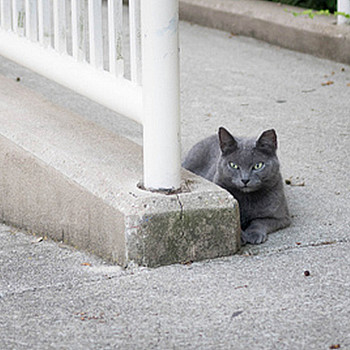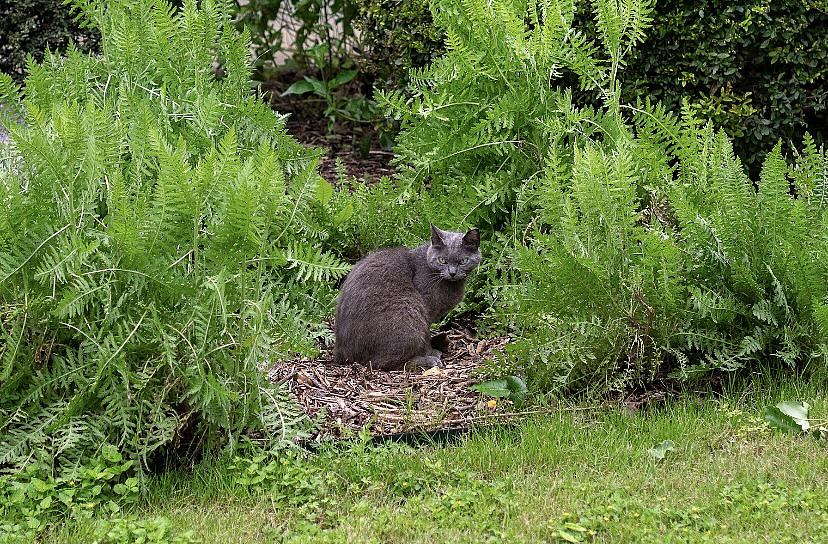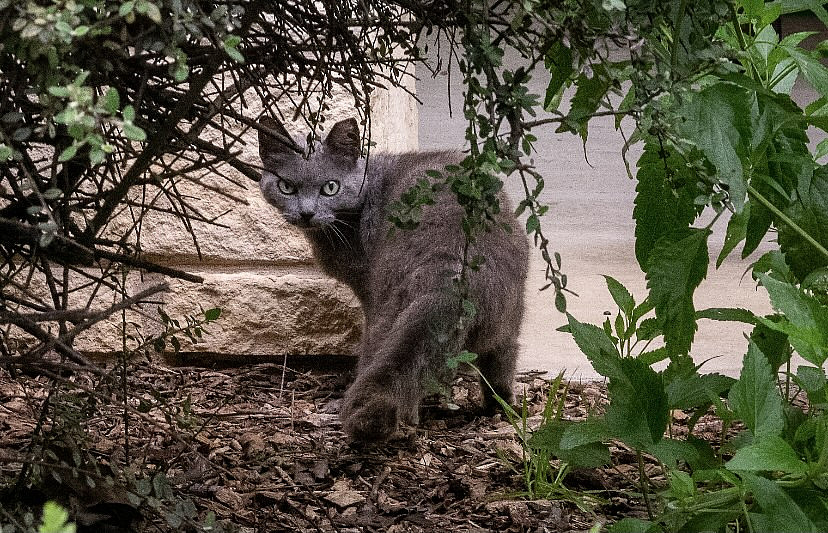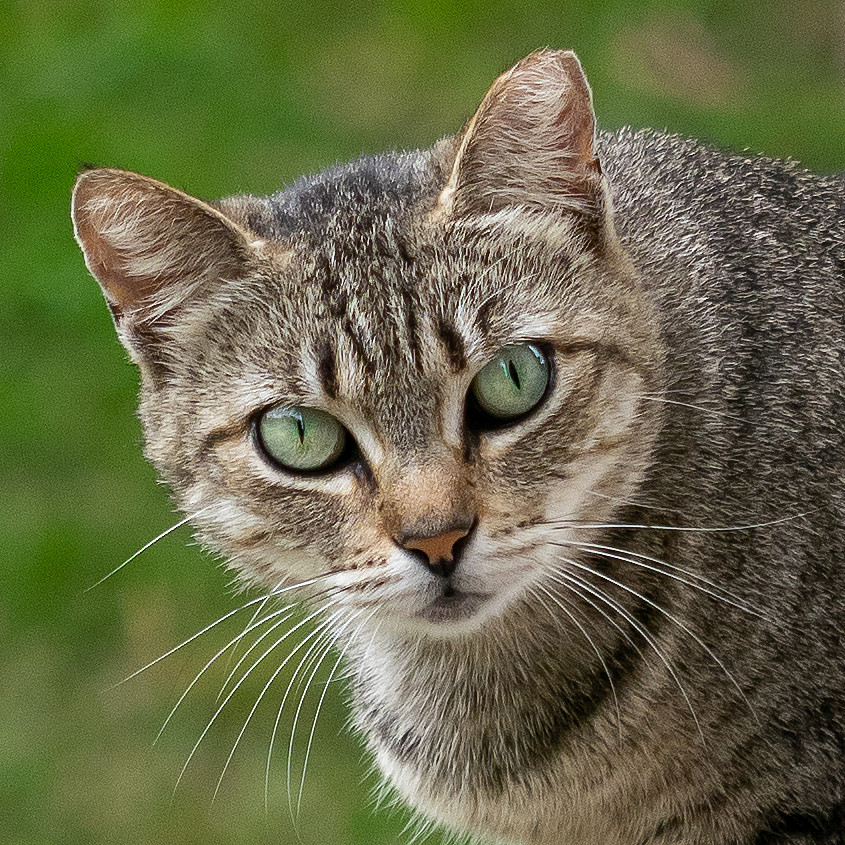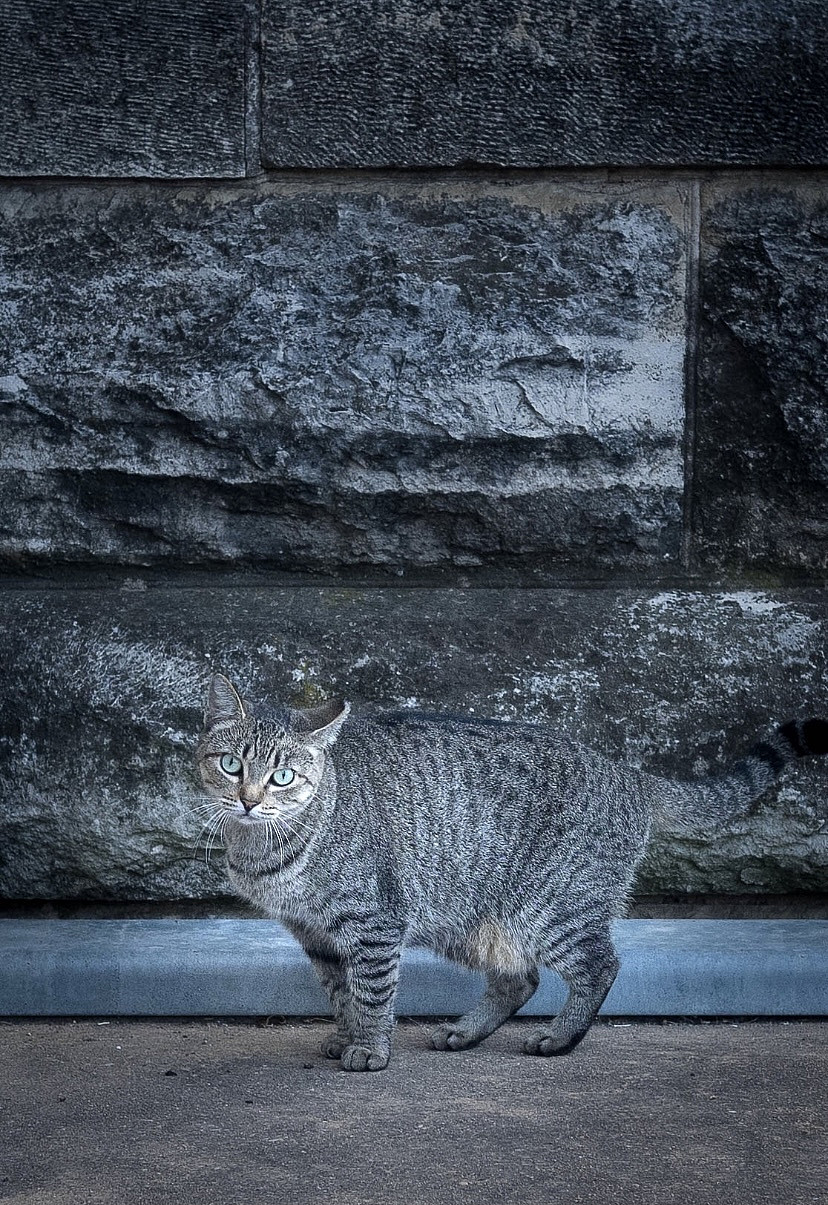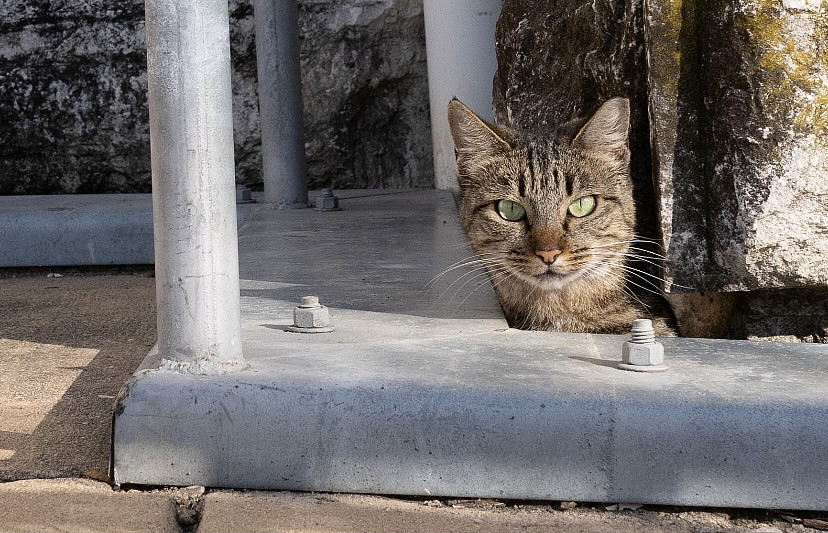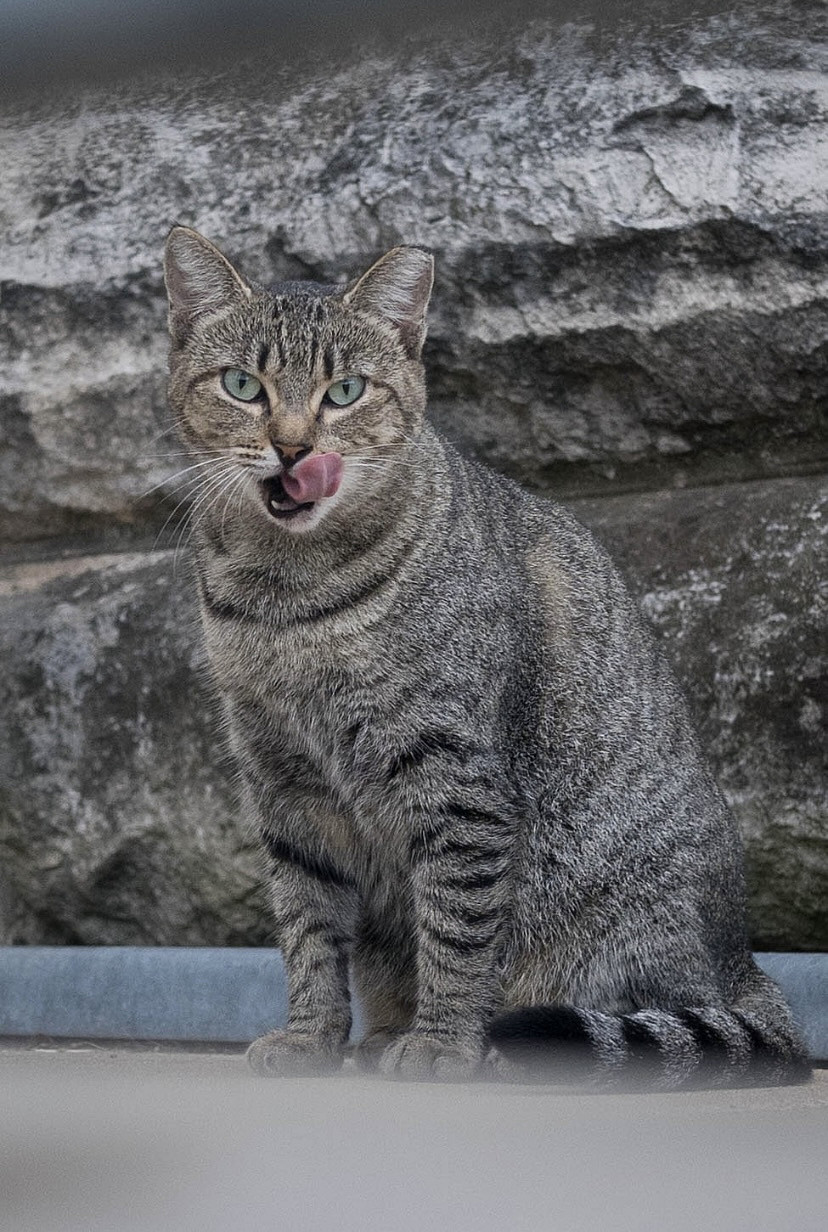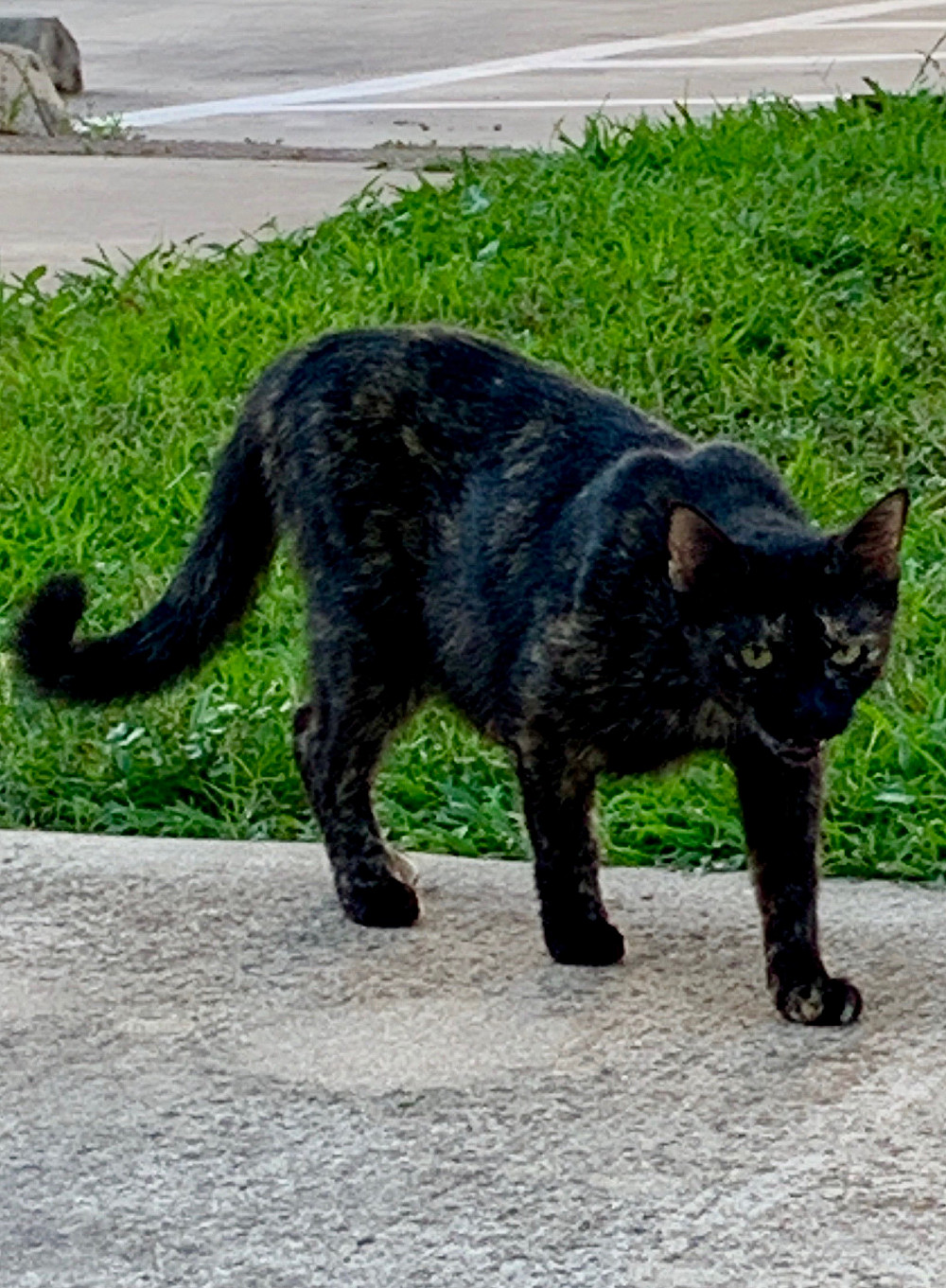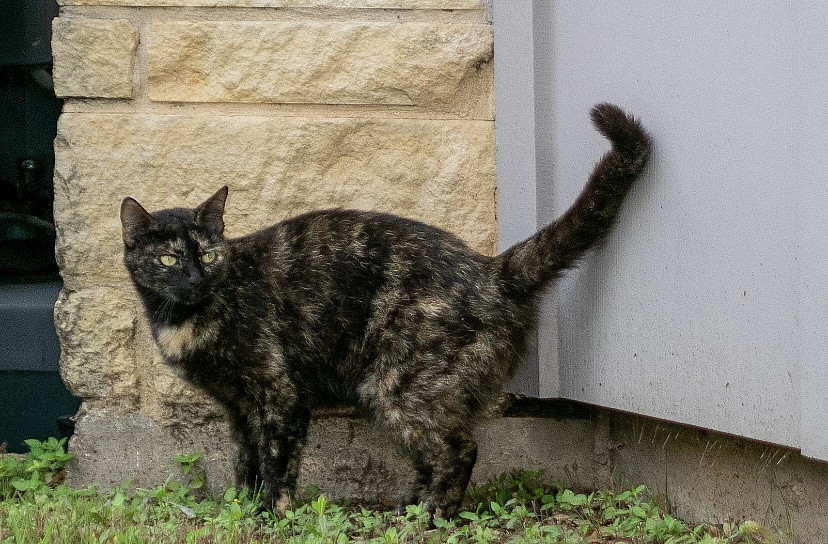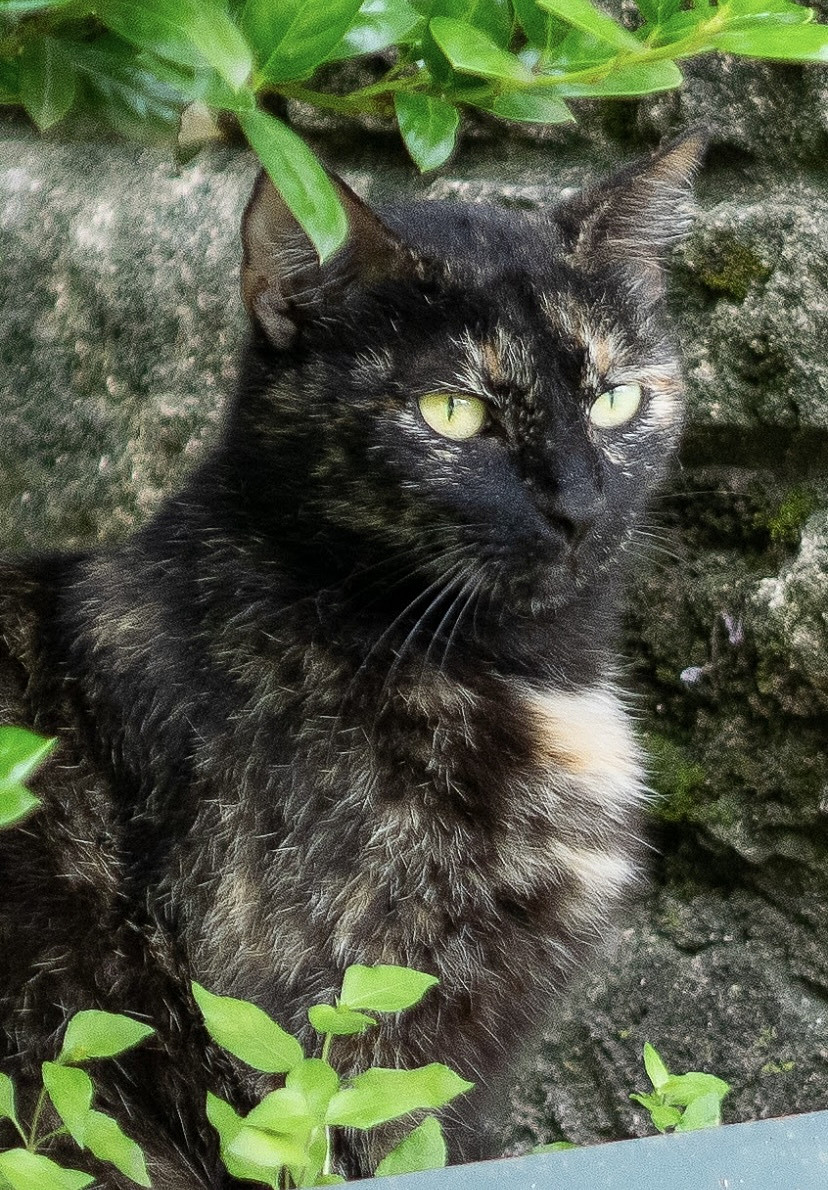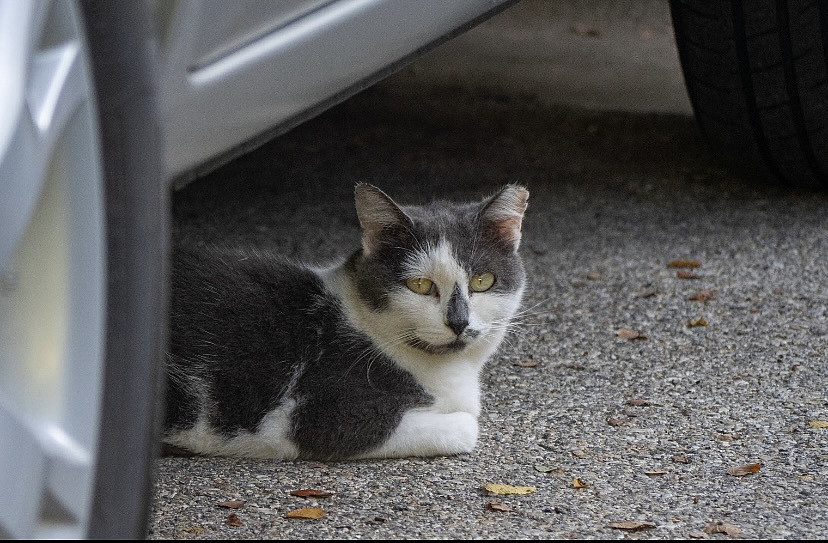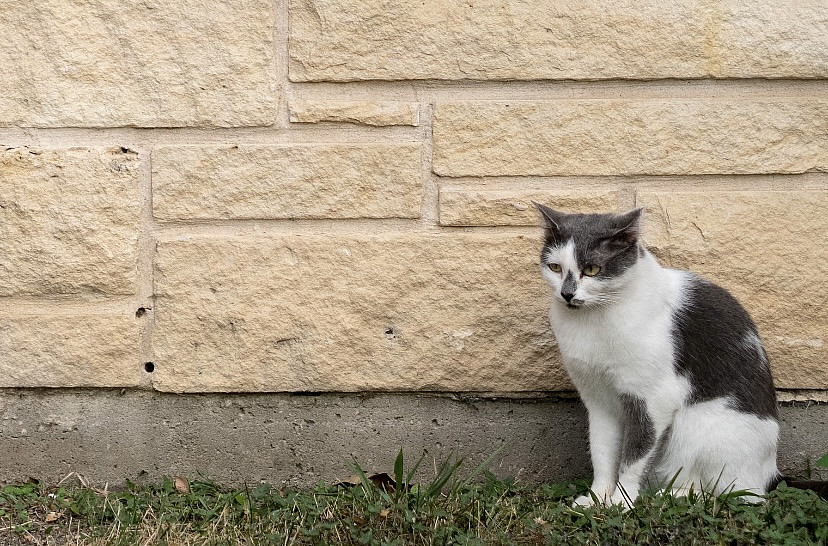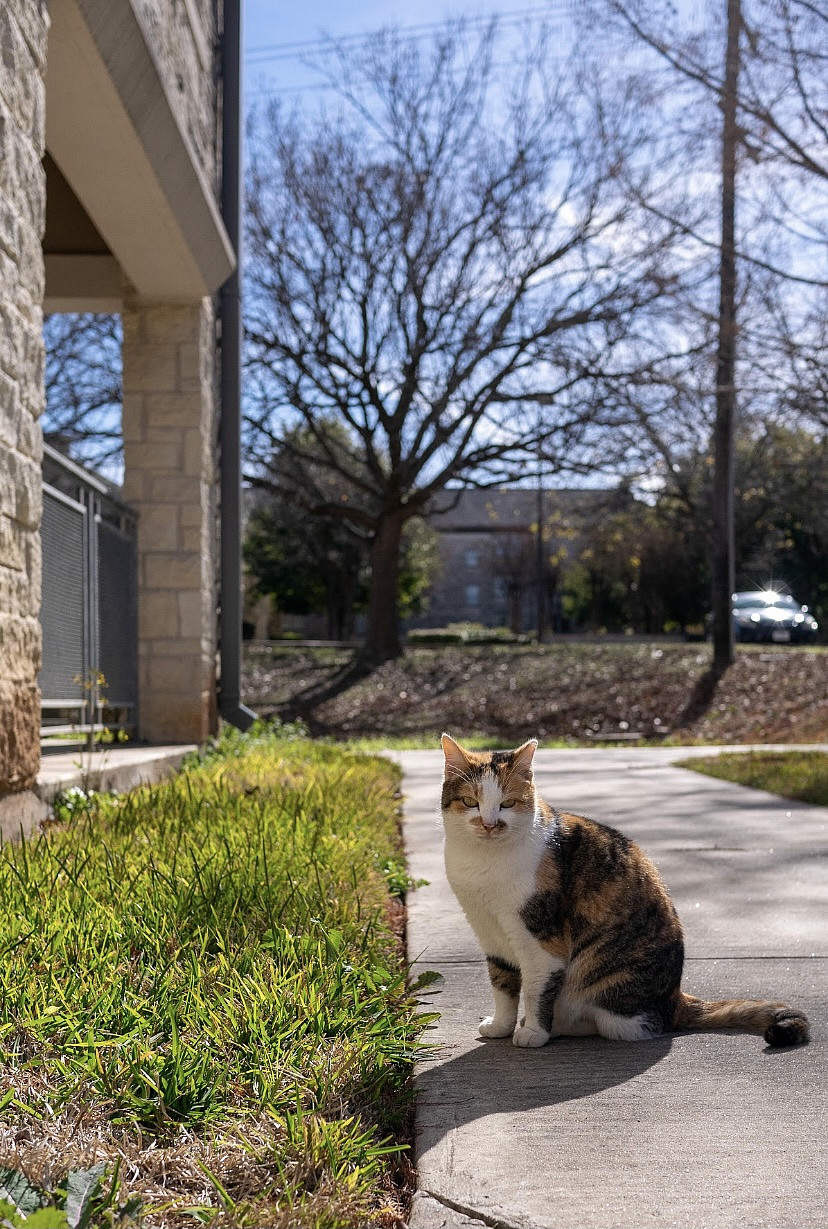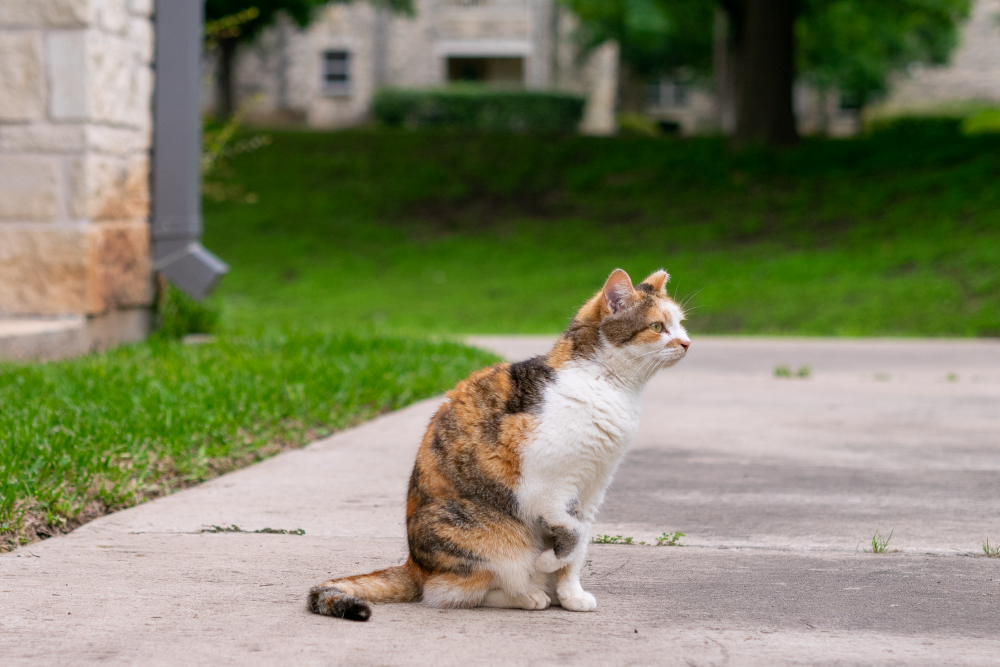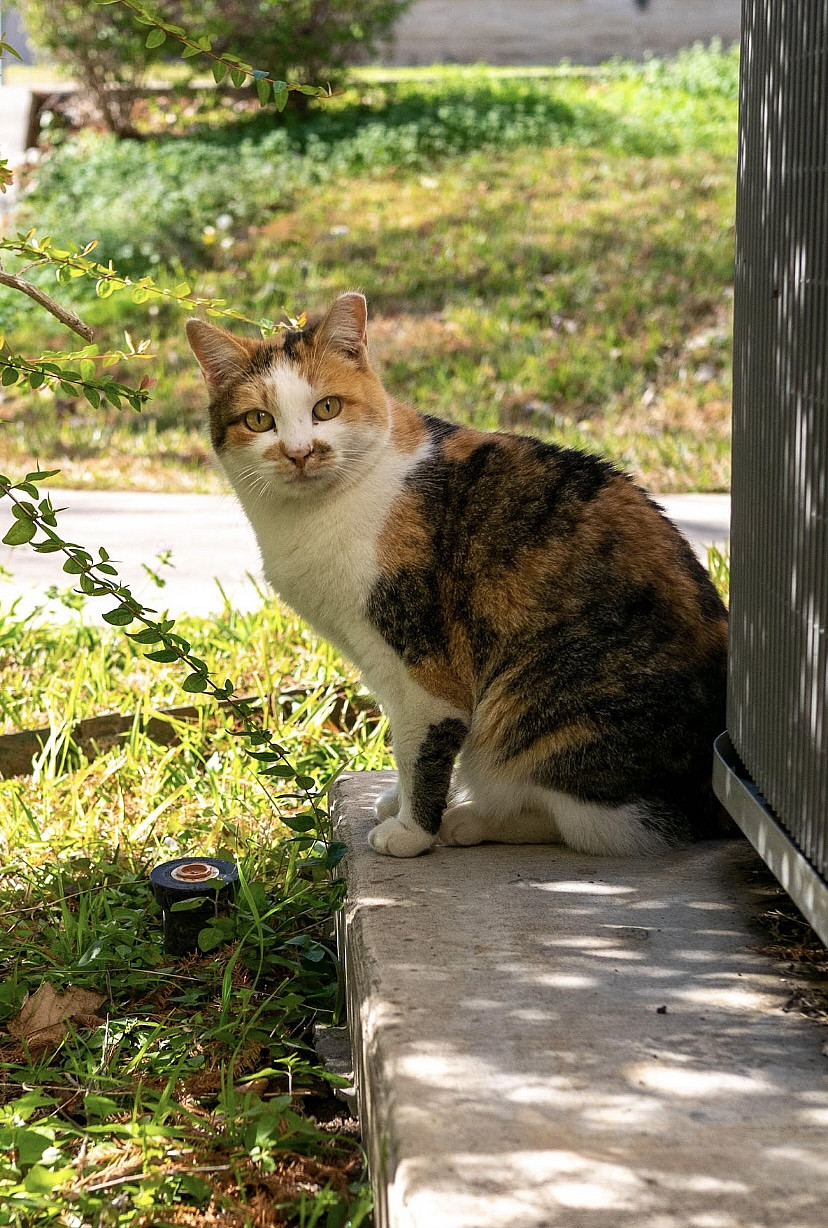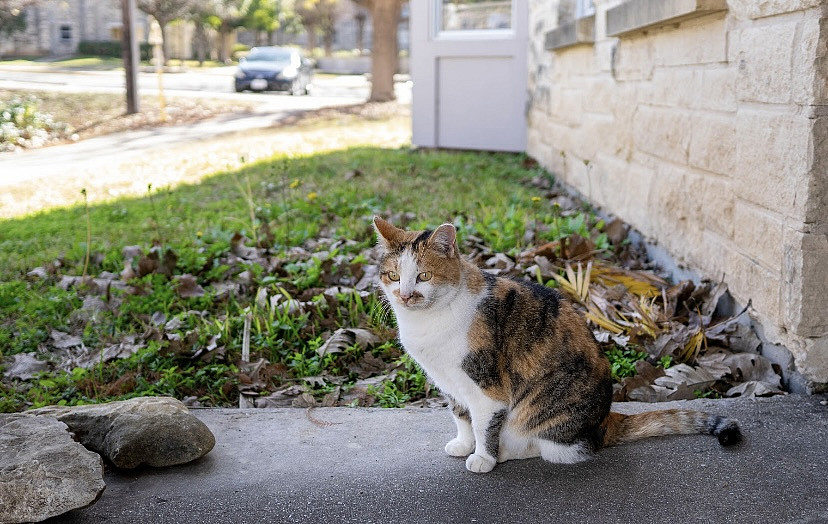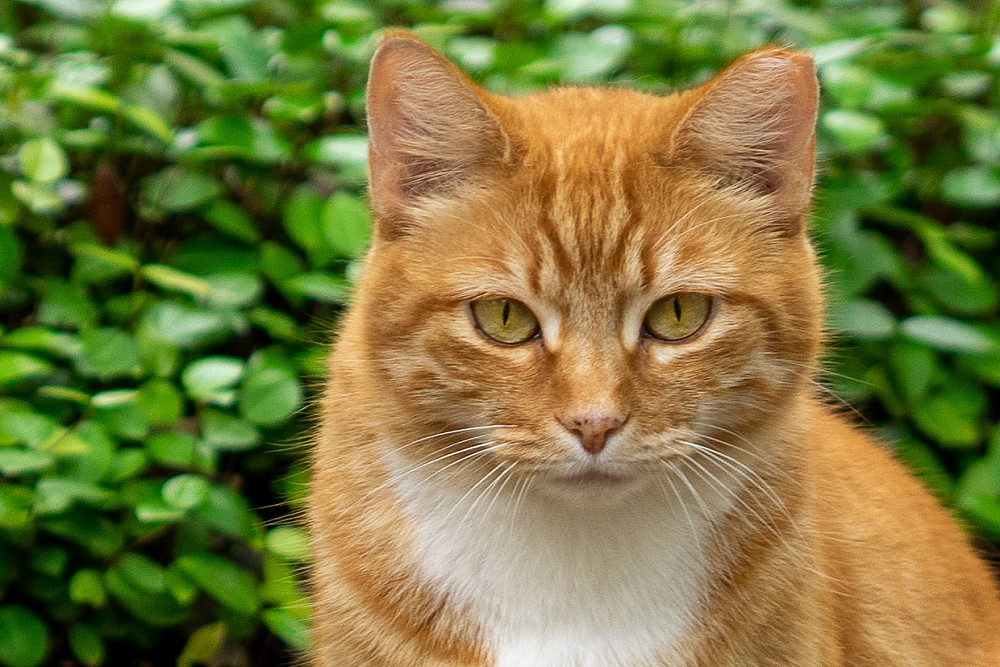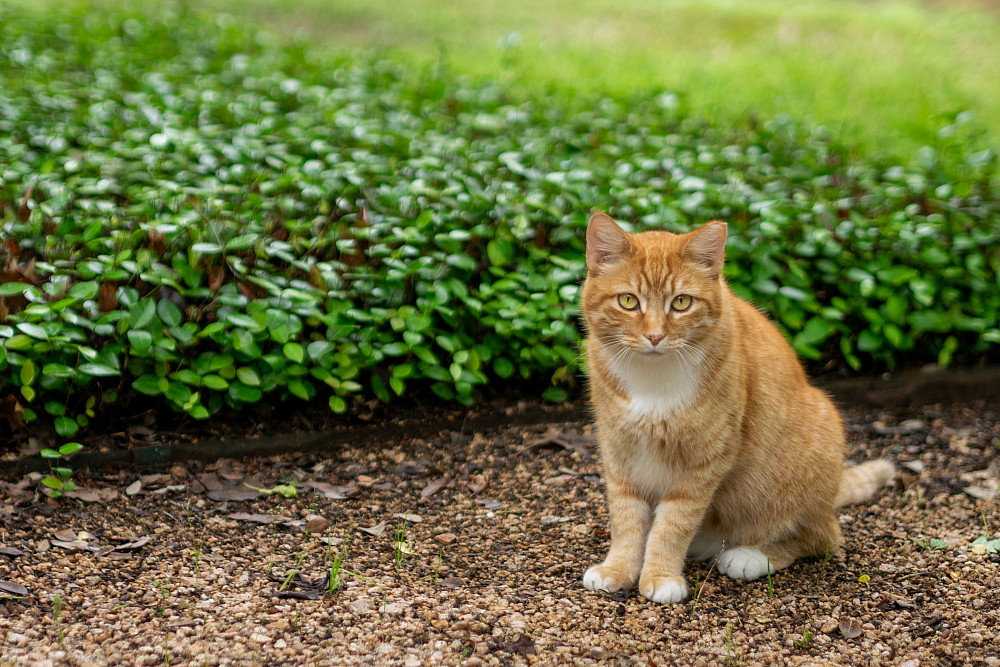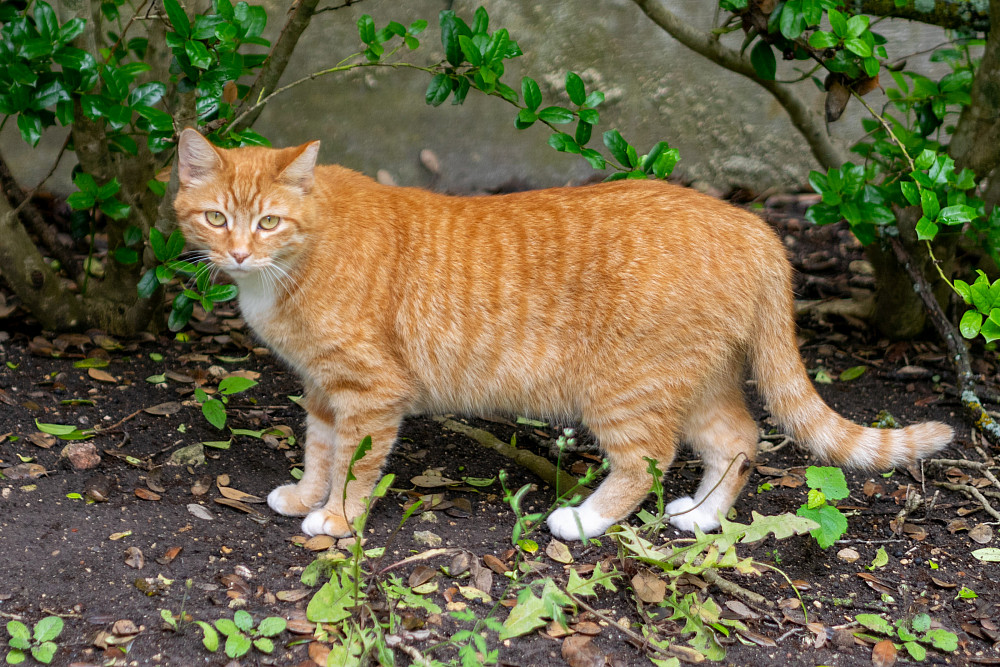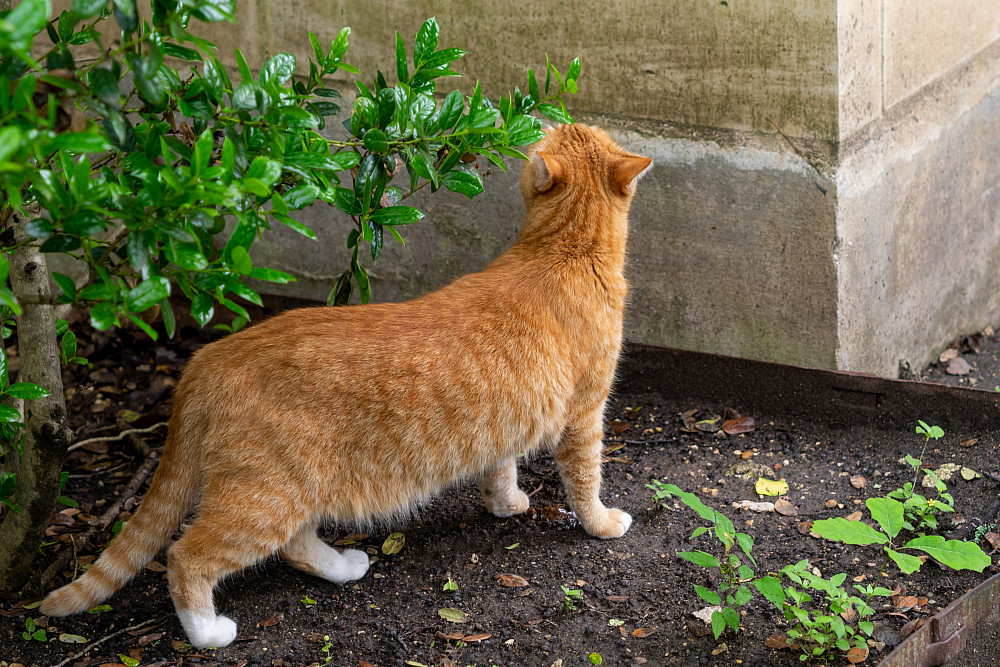Admissions Colony
Feeding Station: Admission back patio
|
Gray Mama
Female Mother to many litters of kittens on campus before she was spayed, including Gaia, Teddy, and Itty Bitty, who are each from different litters. Likes to sleep in places where she blends into the surroundings, such as the mulch bed under a tree, or on a gray rock. |
|
|
Itty Bitty
Female Daughter of Gray Mama, tiny little cat, lighter gray color than other cats in colony. The youngster of the colony.
|
Lord / Dorothy Lord Center Apartments Colony
Feeding Station: Location Varies, currently at Lord Center 111-112
|
|
Patches
Female Aloof by nature, considers 7th and 8th Streets behind campus to be her territory. |
|
Ziggy
Female Aloof by nature, Mamma to Super Cal. |
|
|
Super Cal
Female |
Mabee Residence Hall Colony
Feeding Station: Entrance to Mabee that faces Fine Arts parking lot
|
Pumpkin
Male Popular with first-year students, loves attention, allows pets and cuddles with trust. |
In Memoriam

|
Teddy
Male Son of Gray Mama, aloof by nature, least trusting of all the cats on campus.
|

|
Gaia
Female Daughter of Gray Mama, loner, eats from the same bowls as the others, but prefers to sleep alone. Frequently seen on the handicap ramp of Mood-Bridwell Building.
|
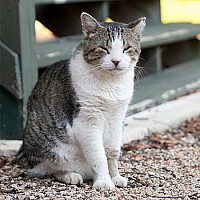
|
Mr. Squinty
Male Lovely old man kitty who brought joy to all. Lived on campus for at least 14 years. His fan club extended far and wide. Is greatly missed. |
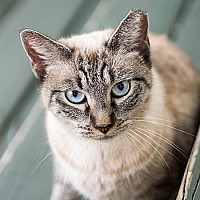
|
Madeline
Female Loved attention once she learned to trust you, gave birth to a litter of beautiful kittens who were adopted by faculty, staff, and friends. Madeline’s memorial marker is behind Korova Milk Bar. |
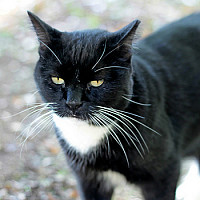
|
Mr. Socks
Male Adored attention, popular with students, loved to cuddle and sleep in beds. Missed greatly. Went missing, never found. |

|
Earl
Male His grandfatherly ways brought peace and love to the younger cats in the colony. Had a long life. Missed greatly. |
Established colonies tend to repel new cats, which helps stabilize the population. Whenever a new cat is identified, it is humanely trapped. We determine if it is a lost pet, free-roaming, or feral cat. Feral cats are transported to a veterinarian for neutering, vaccination, and ear tipping*, and then returned to campus. An exception applies to kittens found at a very young age or to extremely tame strays: we are sometimes able to find homes for these adoptable animals. Occasionally we have reunited lost pets with their families.
*The tipped or notched ear is the nationally-recognized indicator that a feral cat has been neutered and is part of a managed colony.















